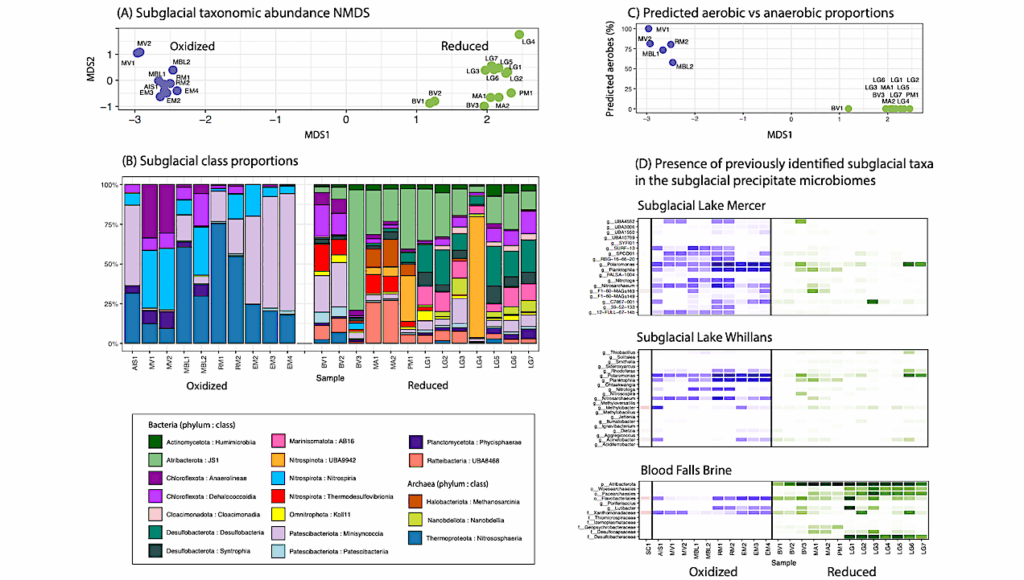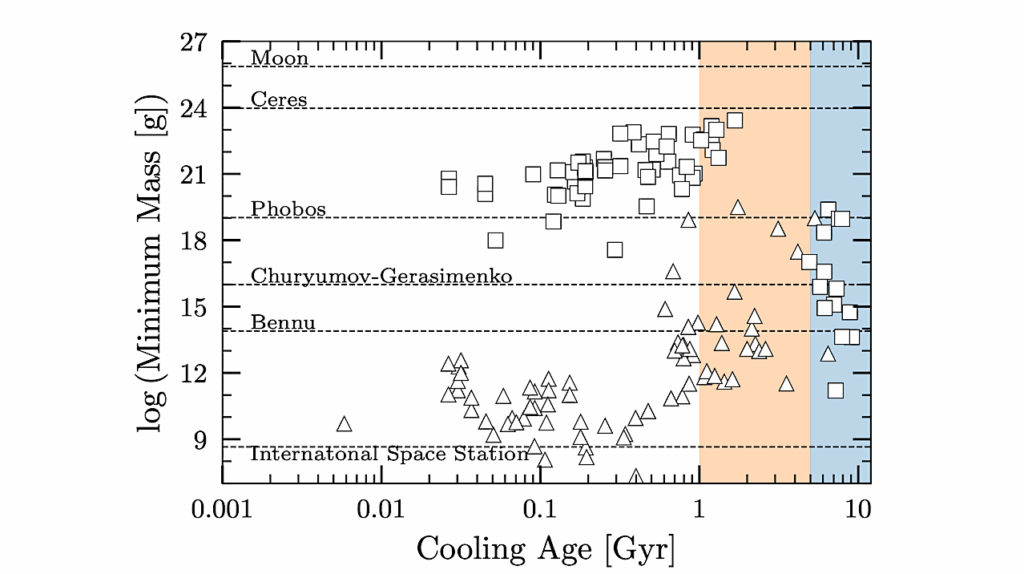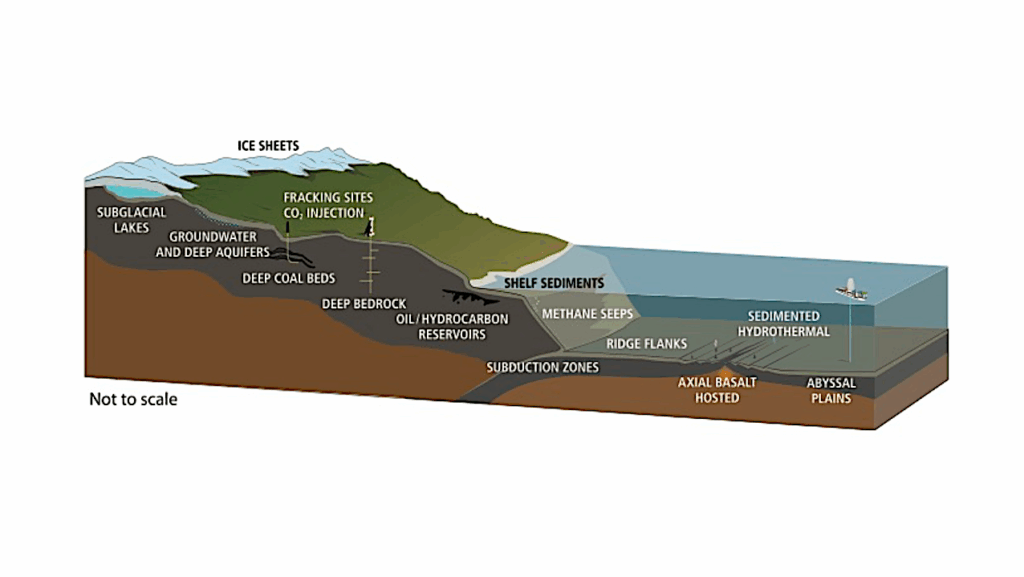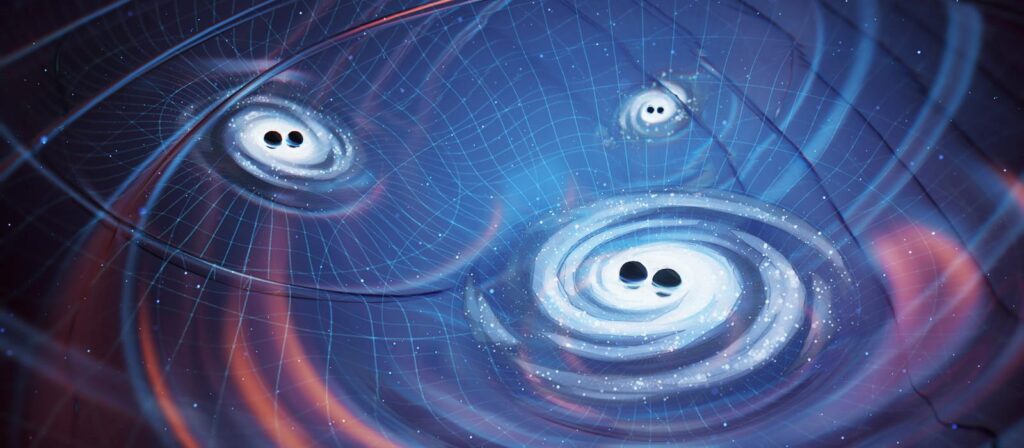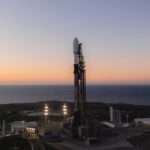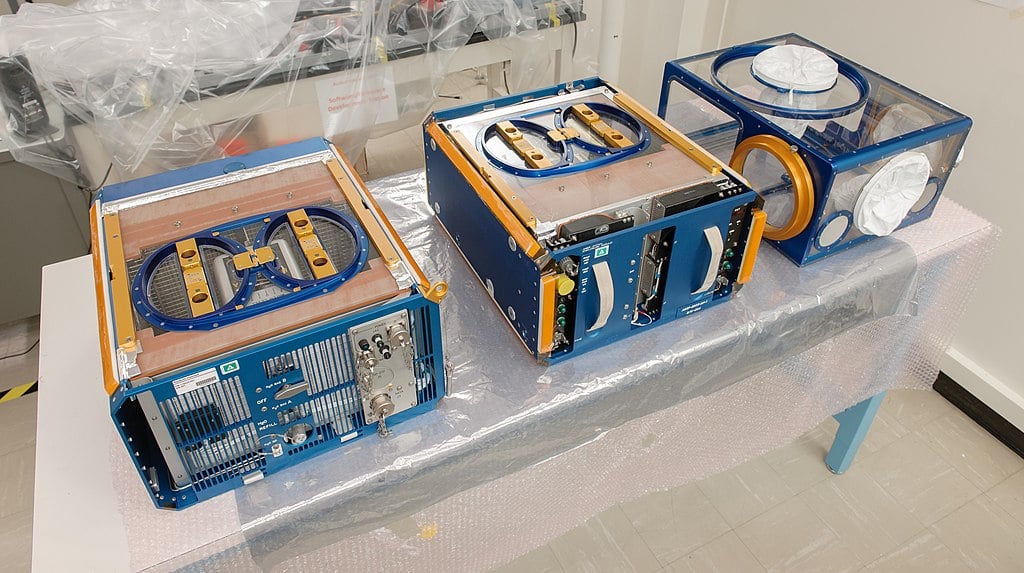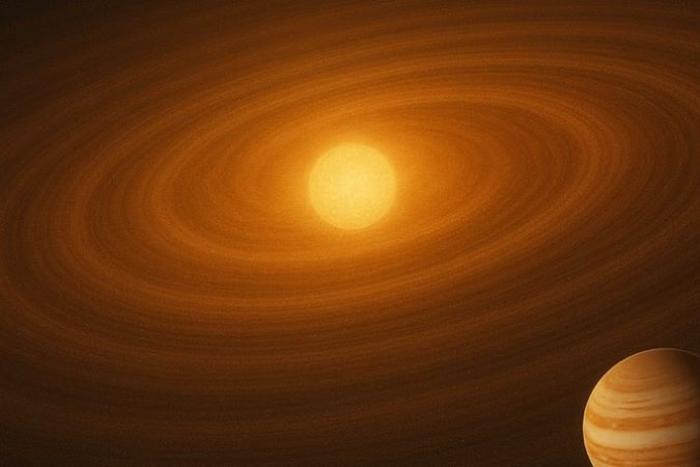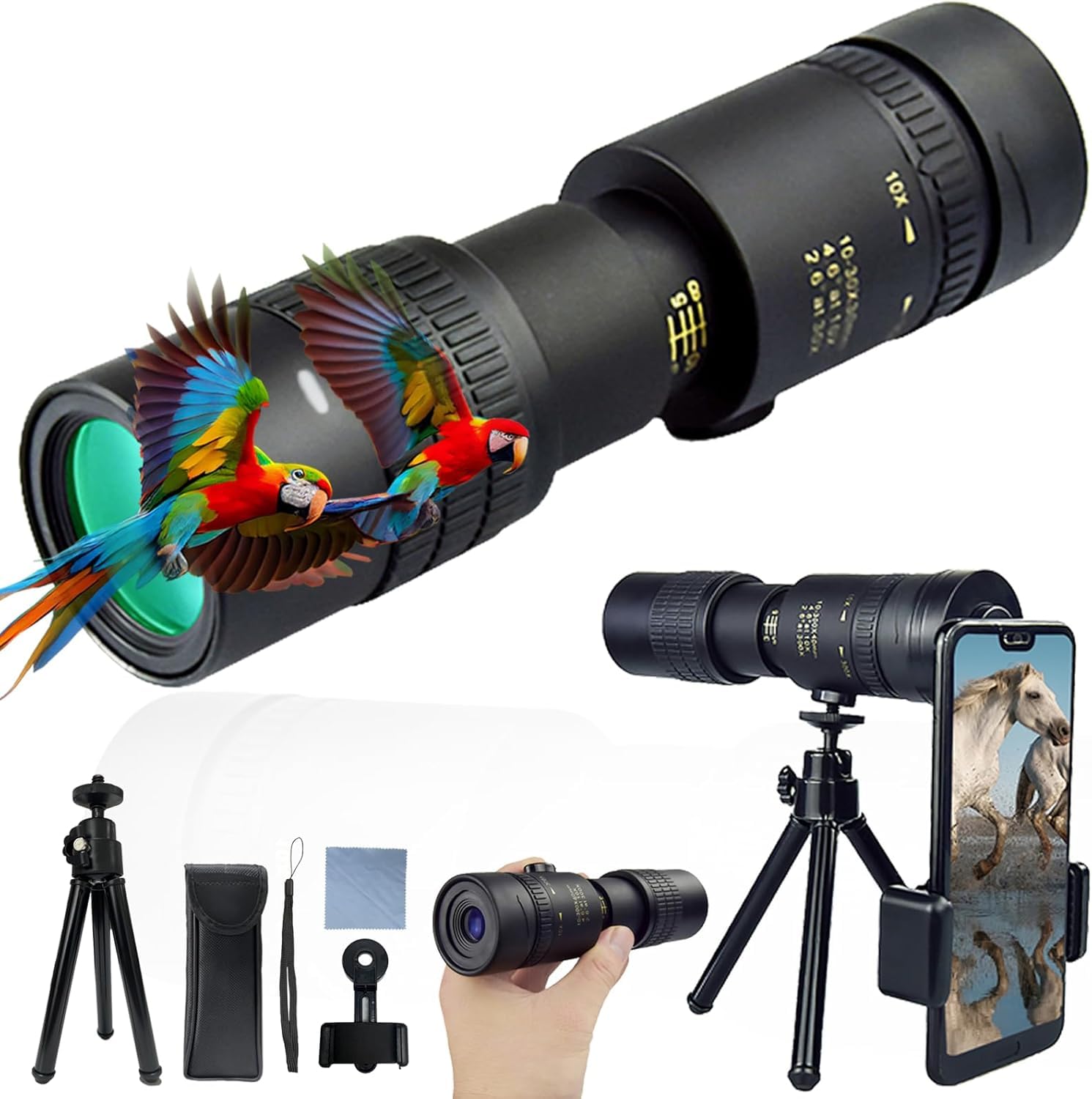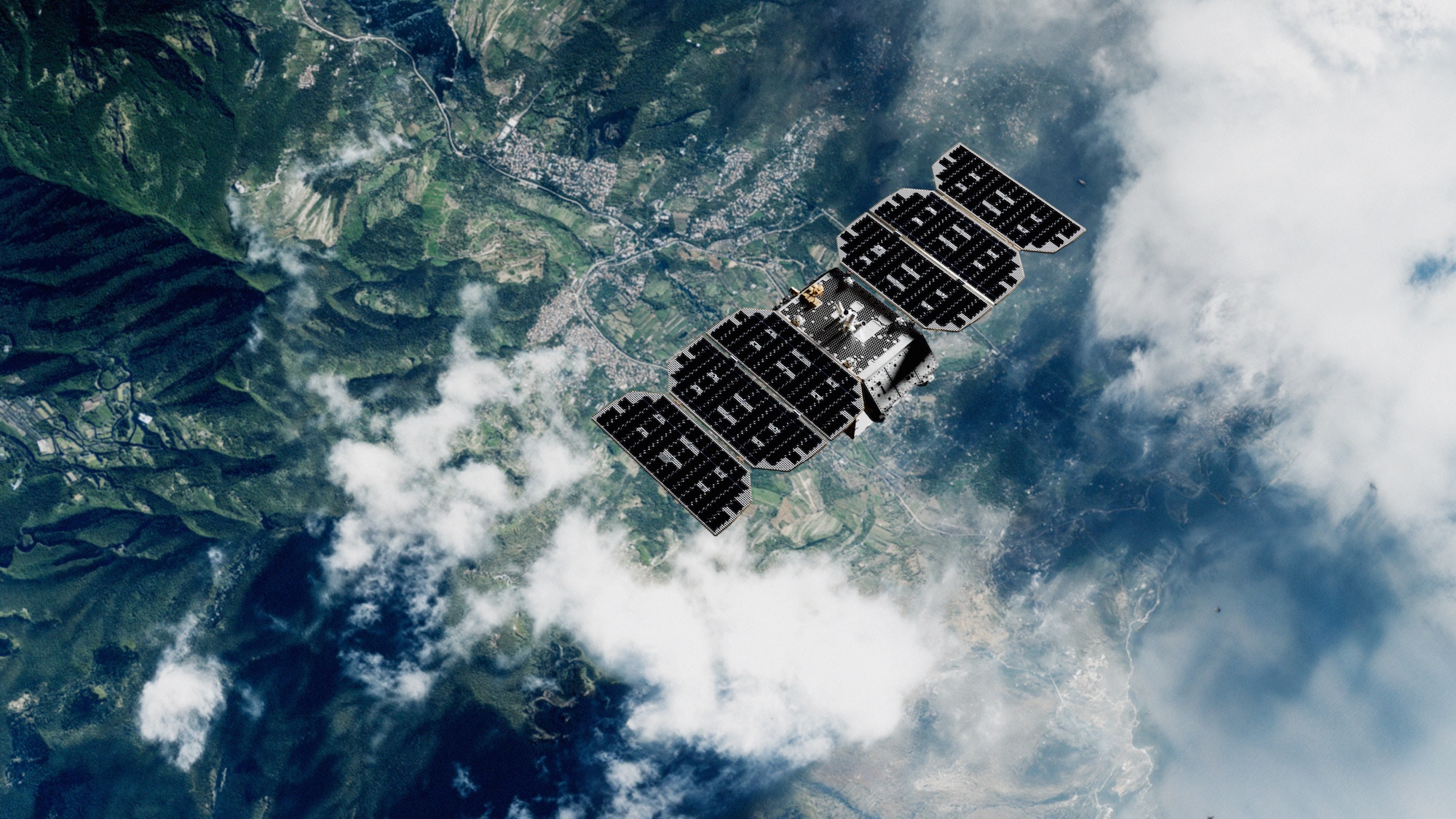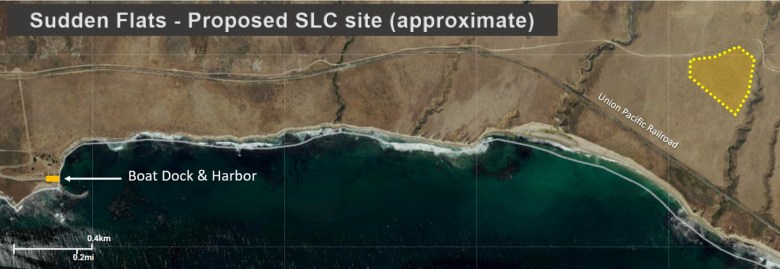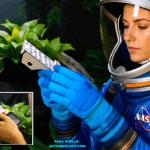A supernova observed by Chinese and Japanese astronomers in 1181 CE didn’t fully explode, instead it sputtered and left behind a rare “zombie star” surrounded by long filaments resembling fireworks.
HELSINKI — China reached 92 orbital launches in 2025 with back-to-back missions this week, capping a record year for both the country and the global space sector. The launches see
A female mouse that spent two weeks aboard China’s space station has successfully given birth to healthy pups after returning to Earth. This marks the first time offspring have been
TAMPA, Fla. — Space Forge said Dec. 31 it generated plasma aboard its first satellite, a milestone the British startup says shows it can create and maintain conditions needed to
How did hot Jupiters end up orbiting so close to their stars, thus earning their moniker? This is what a recent study published in The Astronomical Journal hopes to address
In an age where adventure and exploration are just a pocket away, finding the right gear can make all the difference. Enter the compact handheld monocular telescope, a game-changer for
Explore This Section Earth Earth Observer Editor’s Corner Feature Articles Meeting Summaries News Science in the News Calendars In Memoriam Announcements More Archives Conference Schedules Style Guide 2 min read
Explore This Section Earth Earth Observer Editor’s Corner Feature Articles Meeting Summaries News Science in the News Calendars In Memoriam Announcements More Archives Conference Schedules Style Guide 2 min read
WASHINGTON — Planet, a company best known for providing geospatial intelligence through its constellation of imaging satellites, sees a significant opportunity in developing orbital data centers for artificial intelligence. Planet
WASHINGTON — Vandenberg Space Force Base is offering launch providers access to a new site with conditions that could enable flights of SpaceX’s Starship. The U.S. Space Force released a
-
 01From Polymerization-Enabled Folding and Assembly to Chemical Evolution: Key Processes for Emergence of Functional Polymers in the Origin of Life
01From Polymerization-Enabled Folding and Assembly to Chemical Evolution: Key Processes for Emergence of Functional Polymers in the Origin of Life -
 02Two Black Holes Observed Circling Each Other for the First Time
02Two Black Holes Observed Circling Each Other for the First Time -
 03How New NASA, India Earth Satellite NISAR Will See Earth
03How New NASA, India Earth Satellite NISAR Will See Earth -
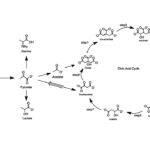 04Thermodynamic Constraints On The Citric Acid Cycle And Related Reactions In Ocean World Interiors
04Thermodynamic Constraints On The Citric Acid Cycle And Related Reactions In Ocean World Interiors -
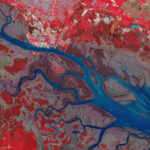 05Φsat-2 begins science phase for AI Earth images
05Φsat-2 begins science phase for AI Earth images -
 06Hurricane forecasters are losing 3 key satellites ahead of peak storm season − a meteorologist explains why it matters
06Hurricane forecasters are losing 3 key satellites ahead of peak storm season − a meteorologist explains why it matters -
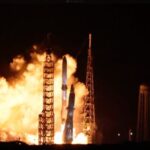 07U.S. Space Force awards $13.7 billion in new national security launch contracts to Blue Origin, SpaceX and ULA
07U.S. Space Force awards $13.7 billion in new national security launch contracts to Blue Origin, SpaceX and ULA


